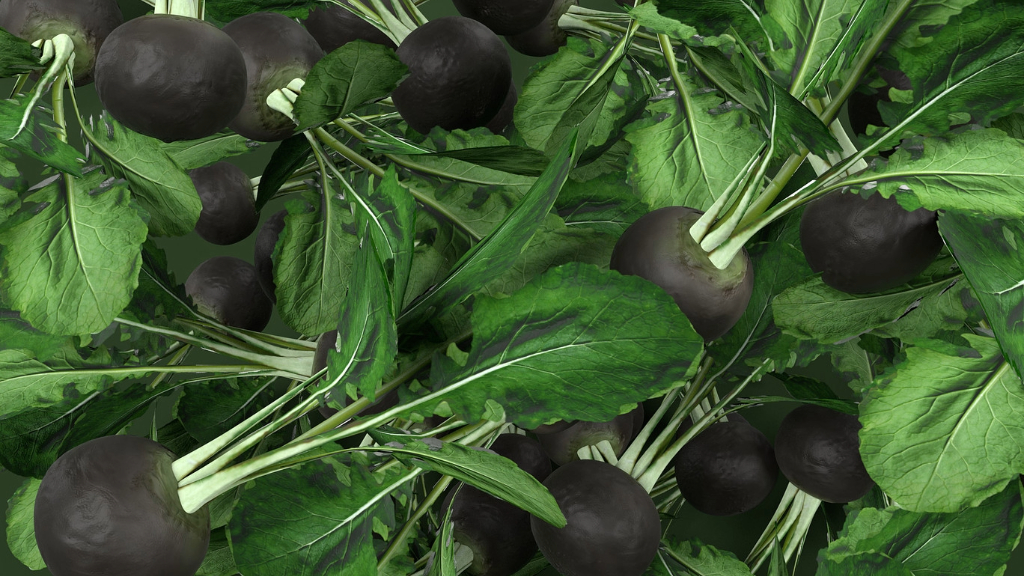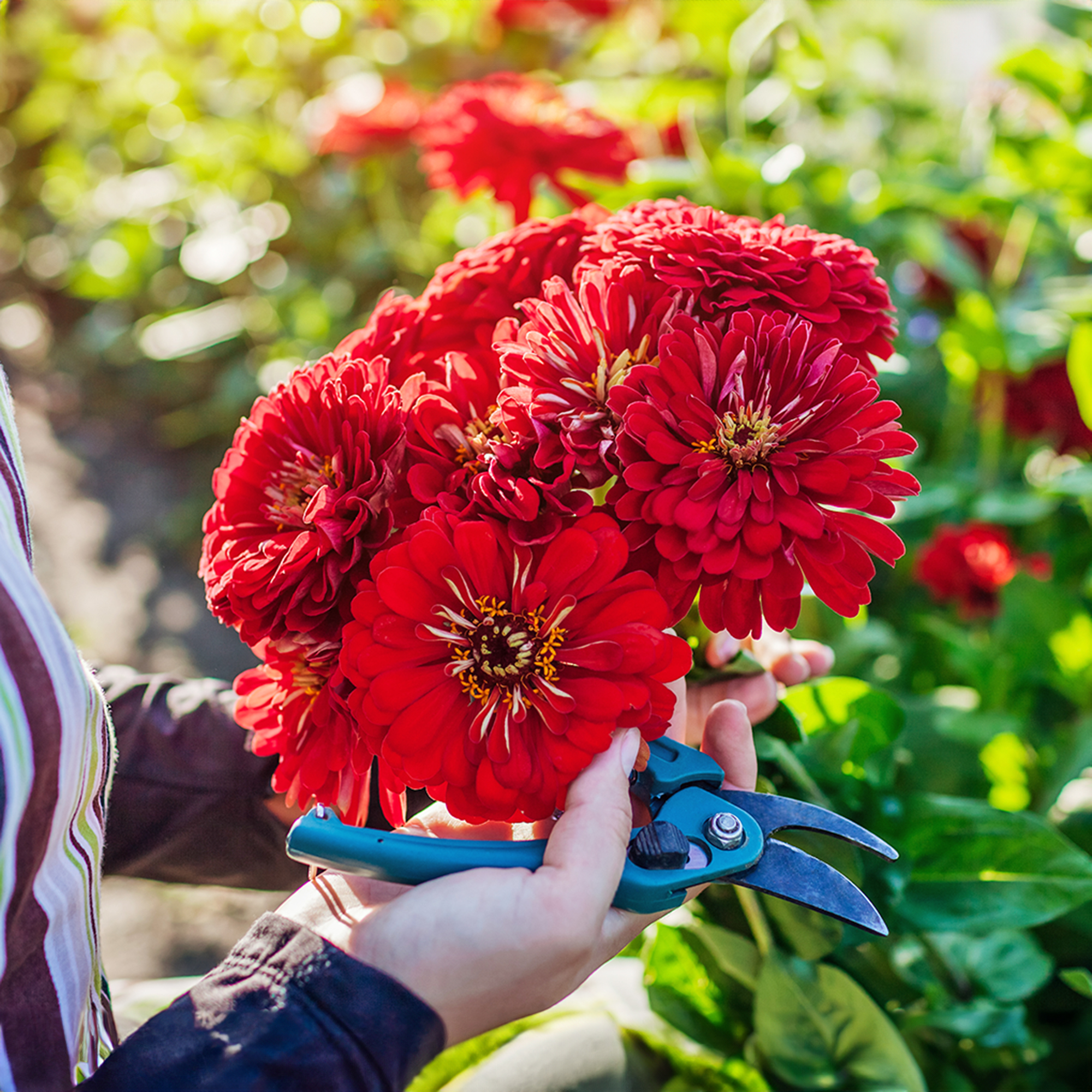History Of Black Round Spanish Radishes

Throwing a Halloween party and want to spice up the usual ho-hum crudités platter? Go with the traditional orange and black colors of the holiday. There are plenty of orange veggies but what about black ones? Heirloom black round Spanish radishes are an option.
About Black Radish Plants
While you can't exactly find black round Spanish radishes (Raphanus sativus) in the produce department, with a little planning you can grow your own black radish plants. Typically, red radishes found at the supermarket are rather mild and slightly sweet. That is not the case with black round Spanish radishes. These black beauties are not only shocking in appearance but have an intense peppery flavor that will clear out those nasal passages. Although the skin looks tough, it is actually quite tender and does not need to be peeled. These heirlooms probably date to the 16th century or before. They have nearly black skins with a snow white interior. There are actually two types of black Spanish radish. The black round mentioned here and a longer, cylindrical type that grows to about 8 inches in length. Both have a fiery flavor and, when kept under the right conditions, will keep for long periods of time. Black radish plants are slow growers, 60 days to maturation, and are typically planted in late summer or early fall for a late fall to early winter harvest. When growing these heirloom radishes, direct sow into the garden. Keep them moist and mulch around the plants to keep the roots cool. Back in the day, black Spanish radishes were stored in a box of moist sand placed in a cool area, probably a root cellar. Today, store the heirlooms in a perforated bag in the refrigerator. Use them fresh or cooked. Remember, they pack a punch. If you find their pungency too much for your palate, slice or grate them and then salt them. Salting causes the radishes to weep, leaching out some of the heat. Rinse them well before using them.
Gardening tips, videos, info and more delivered right to your inbox!
Sign up for the Gardening Know How newsletter today and receive a free copy of our e-book "How to Grow Delicious Tomatoes".

Amy Grant has been gardening for 30 years and writing for 15. A professional chef and caterer, Amy's area of expertise is culinary gardening.
-
 Zinnias On Repeat: 10 Glorious Cut-And-Come-Again Varieties For Endless Summer Bouquets
Zinnias On Repeat: 10 Glorious Cut-And-Come-Again Varieties For Endless Summer BouquetsThese zinnia varieties keep giving all summer, making them the perfect choice for dedicated cutting gardens – or just the occasional homegrown bouquet.
By Ellen Wells
-
 Create A Romantic Garden Straight Out Of Bridgerton: Regency Era Romance In Your Garden
Create A Romantic Garden Straight Out Of Bridgerton: Regency Era Romance In Your GardenTry some romantic garden ideas straight out of Bridgerton. Flowers and gardens in the Regency era were lush and charming and you can get the same look!
By Bonnie L. Grant